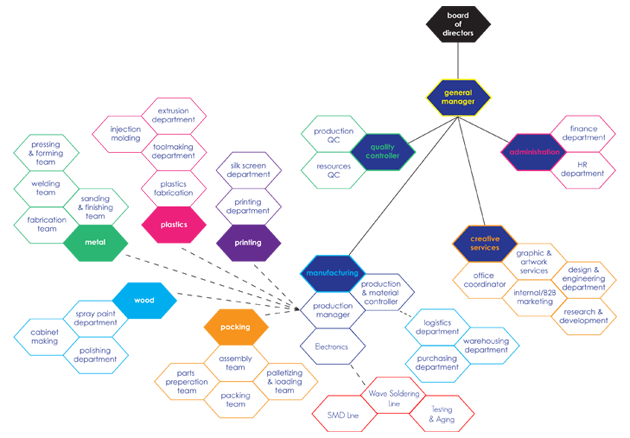Climat Change
-
Climate change is a significant and lasting change in the statistical distribution of weather patterns over periods ranging from decades to millions of years. It may be a change in average weather conditions, or in the distribution of weather around the average conditions (i.e., more or fewer extreme weather events). Climate change is caused by factors that include oceanic processes (such as oceanic circulation), variations in solar radiationreceived by Earth, plate tectonics and volcanic eruptions, and human-induced alterations of the natural world; these latter effects are currently causingglobal warming, and "climate change" is often used to describe human-specific impacts.
Scientists actively work to understand past and future climate by using observations and theoretical models. Borehole temperature profiles, ice cores, floral and faunal records, glacial and periglacial processes, stable isotope and other sediment analyses, and sea level records serve to provide a climate record that spans the geologic past. More recent data are provided by the instrumental record. Physically based general circulation modelsare often used in theoretical approaches to match past climate data, make future projections, and link causes and effects in climate change.
Terminology:
The most general definition of climate change is a change in the statistical properties of the climate system when considered over long periods of time, regardless of cause. Accordingly, fluctuations over periods shorter than a few decades, such as El Niño, do not represent climate change.The term sometimes is used to refer specifically to climate change caused by human activity, as opposed to changes in climate that may have resulted as part of Earth's natural processes. In this sense, especially in the context of environmental policy, the term climate change has become synonymous with anthropogenic global warming. Within scientific journals, global warmingrefers to surface temperature increases while climate change includes global warming and everything else that increasing greenhouse gas levels will affect.
Causes:
On the broadest scale, the rate at which energy is received from the sun and the rate at which it is lost to space determine the equilibrium temperature and climate of Earth. This energy is distributed around the globe by winds, ocean currents, and other mechanisms to affect the climates of different regions.Factors that can shape climate are called climate forcings or "forcing mechanisms".[4] These include processes such as variations in solar radiation, variations in the Earth's orbit, mountain-building and continental drift and changes in greenhouse gas concentrations. There are a variety of climate change feedbacks that can either amplify or diminish the initial forcing. Some parts of the climate system, such as the oceans and ice caps, respond slowly in reaction to climate forcings, while others respond more quickly.
Forcing mechanisms can be either "internal" or "external". Internal forcing mechanisms are natural processes within the climate system itself (e.g., the thermohaline circulation). External forcing mechanisms can be either natural (e.g., changes in solar output) or anthropogenic (e.g., increased emissions of greenhouse gases).
Whether the initial forcing mechanism is internal or external, the response of the climate system might be fast (e.g., a sudden cooling due to airborne volcanic ash reflecting sunlight), slow (e.g.thermal expansion of warming ocean water), or a combination (e.g., sudden loss of albedo in the arctic ocean as sea ice melts, followed by more gradual thermal expansion of the water). Therefore, the climate system can respond abruptly, but the full response to forcing mechanisms might not be fully developed for centuries or even longer.







